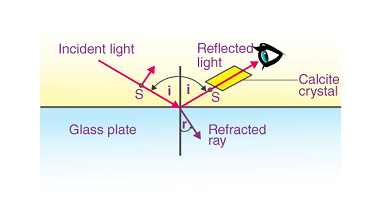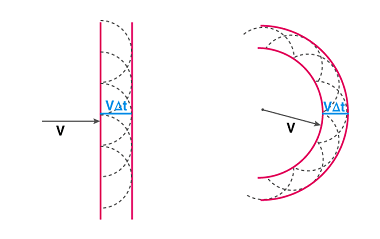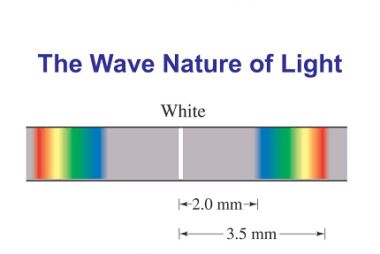Polaroids
Polaroids are instant cameras that were first introduced by the Polaroid Corporation in the late 1940s. The cameras produce a physical print of the photograph immediately after it is taken, which sets them apart from traditional cameras that require film to be developed before the image can be seen. Polaroids work by using a special…









